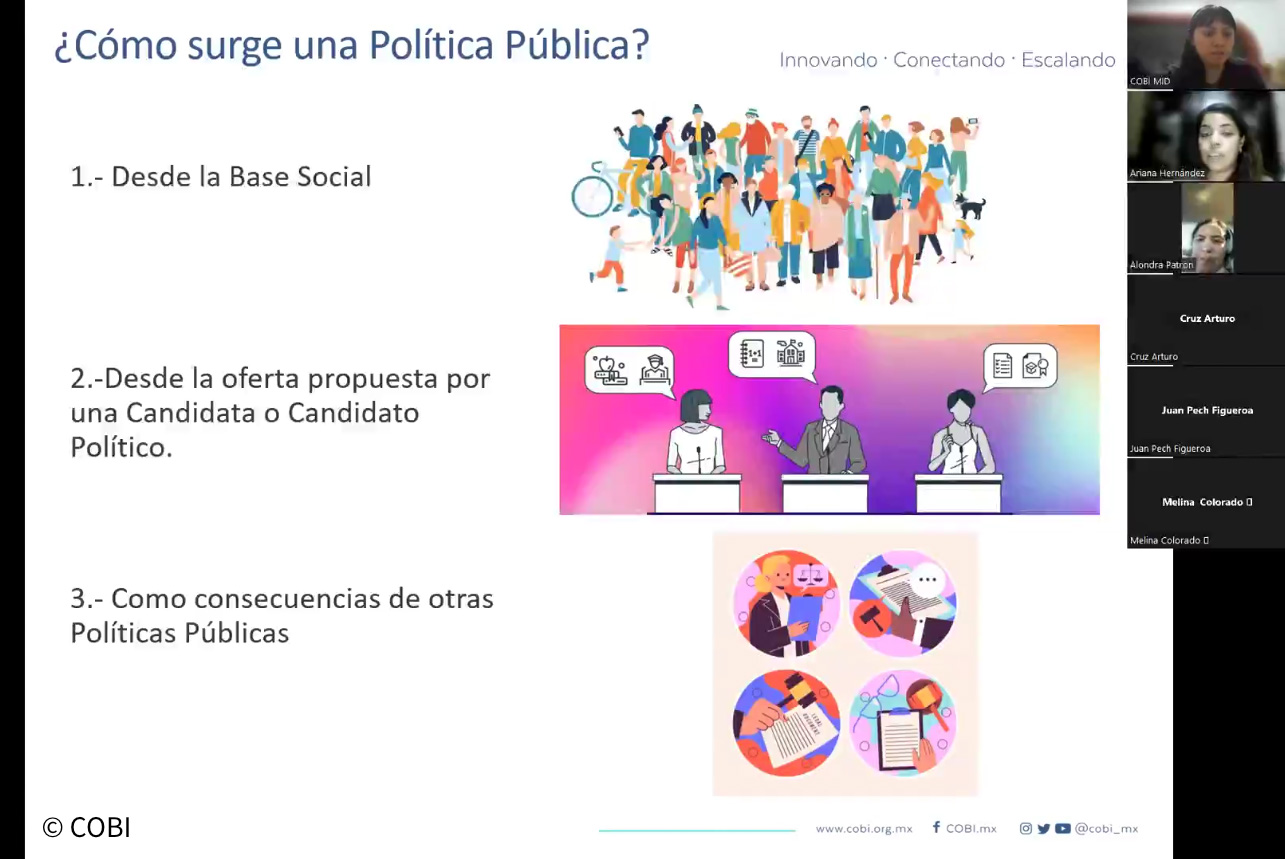Forming governance bases for the effective participation of the fishermen's and fisherwomen's network
First general assembly of the network
COBI
First general assembly of the network
COBI
The Fishermen and Fisherwomen's Network has developed a governance system designed directly by its members, which includes various elements to foster transparency, communication, collaboration and effective participation. It currently has a core group composed of at least one representative from each thematic group (currently there are six thematic groups: youth, gender, oceanographic monitoring, community monitoring, community photography and fisheries). These representatives are responsible for communicating and interconnecting the activities and discussions of their groups with the other members, thus facilitating integration and cooperation within the network.
In addition, the Network establishes clear processes for selecting and integrating new members, which strengthens its governance structure. This strong governance, including well-defined rules, objectives and procedures, has been instrumental in fostering continued participation and exchange of experiences among participants.
The Fishers' Network has consolidated a participatory and transparent governance system focused on collaboration and communication among its members. This not only strengthens internal cohesion, but also drives the achievement of their shared objectives in an effective and sustainable manner.
Diversity of fishing communities represented. 2.
2. Constant effective communication between thematic groups and the core group to promote participation and representativeness of the fishing sector.
3. Autonomy in the systematization and documentation of processes.
4. Shared responsibility among members for decision making, execution of work plans and calls for collective action by the fishing sector.
5. Transparency in decision making within the thematic groups and core group.
6. Revision and updating of the Network's statutes.
Creation of a shared vision by and for the coastal fishing sector.
The participation of different communities and age groups provides a more complete and complex vision of the fishing sector.
Importance of having clarity in processes such as: admission of new members to the Network, roles and responsibilities of representatives of thematic groups in the core group, commitments of each thematic group and objectives of the Network of fishermen and fisherwomen. This certainty in the processes encourages the participation of the people who make up the network.
Respect and correctly execute the work plan built collectively, always maintaining the vision of the members of the Network and its thematic groups.
Generate collective impact through the activities and call to action of network members.
